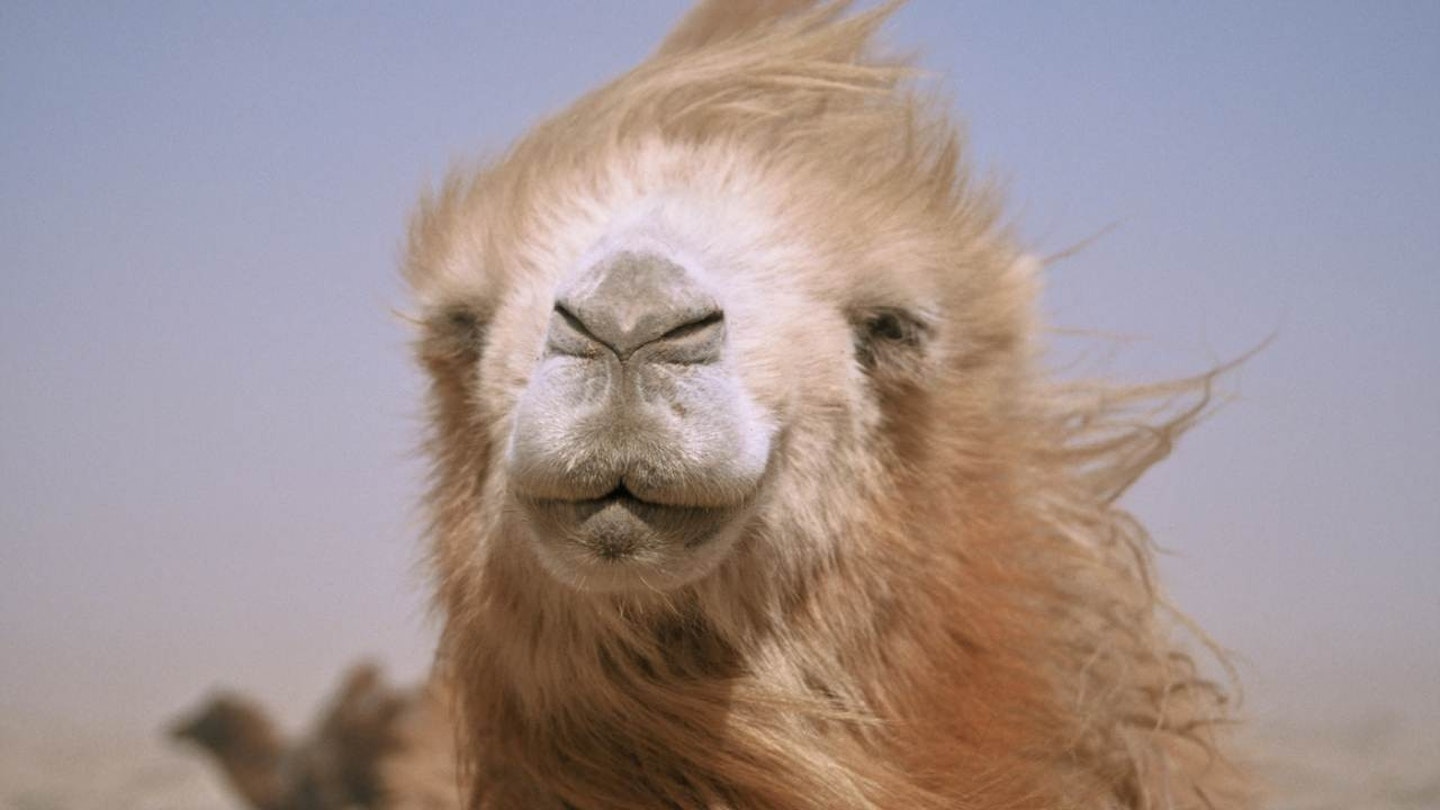When Robert Flaherty revealed he had staged sequences for his documentaries Nanook Of The North (1922) and Man Of Aran (1934), there was an outcry that he had tinkered with the truth and devalued the ethnographical value of his pioneering work. Byambasuren Davaa and Luigi Falorni face similar accusations here, as some of the scene-setting dialogue smacks of rehearsal.
But considering they arrived in the back end of Mongolia with only ten hours of Super-16 film stock to complete a wretchedly unpredictable project, they could be forgiven for shortening the odds. Especially as their gamble paid off so handsomely, with the footage of baby Botoks attempts to suckle from his intransigent mother being absolutely priceless.
Yet what makes this such an affecting picture is the contrast between the wonderfully aloof camels and the interdependence of the extended family, whose smiling resilience only hints at the harshness of an existence that has changed little in centuries. Its all the more sobering that the closing sight of a satellite aerial on the side of the remote yurt marks the intrusion of so-called civilisation.
